Learn About Doors
19 Essential Insights
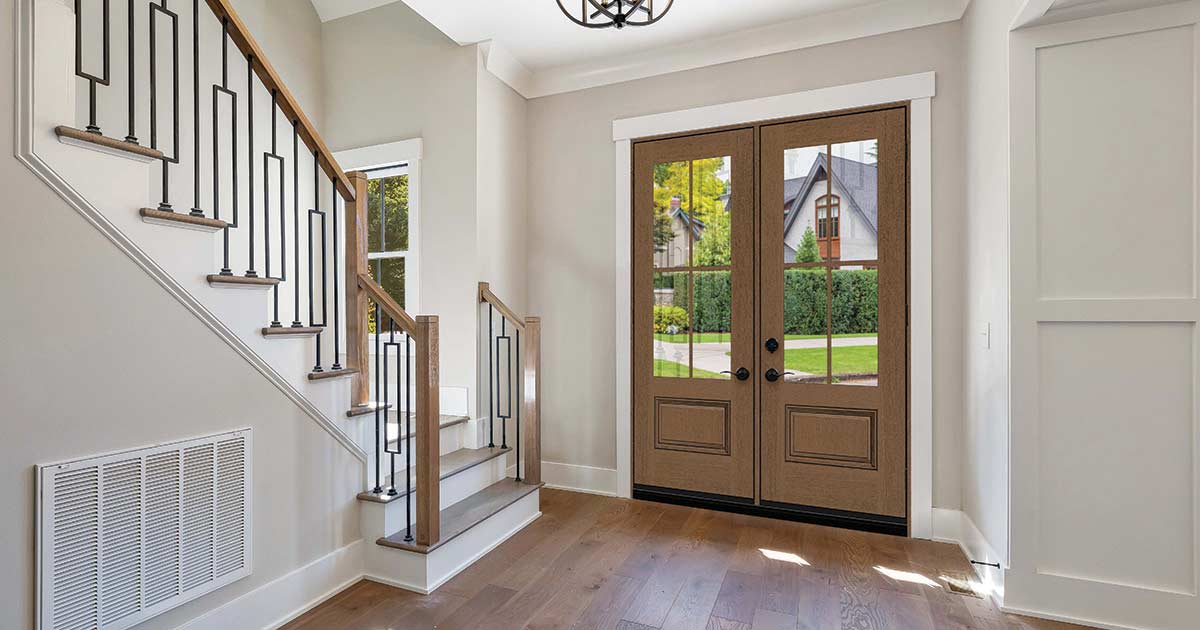
Residential entrance doors, also known as front doors or entry doors, play a crucial role in enhancing the aesthetic appeal, security, and energy efficiency of a home. They are the primary point of entry and exit for residents and visitors, making them an essential component of any house. Here are some key points about residential entrance doors:
Don't Miss the Canadian Greener Homes Initiative

The Greener Homes Grant is gone, but the Greener Homes Loan is still available!
The Canada Greener Homes Loan (1) and Grant (2) programs were introduced by the Government of Canada in 2021 to help homeowners improve energy efficiency and sustainability in their homes. We frequently receive inquiries about which programs are currently available. Below, you’ll find a summary of the current status of these initiatives to clarify what options are open to you.Choosing Windows
20 Best Value Tips
Buying replacement windows can be a complex process if you want to ensure you are getting the best product, price and value available. There are lots of ways a window company can make the deal they offer you look great! But how do you know if you are actually getting a great deal?
Window Cleaning
Free E-Book
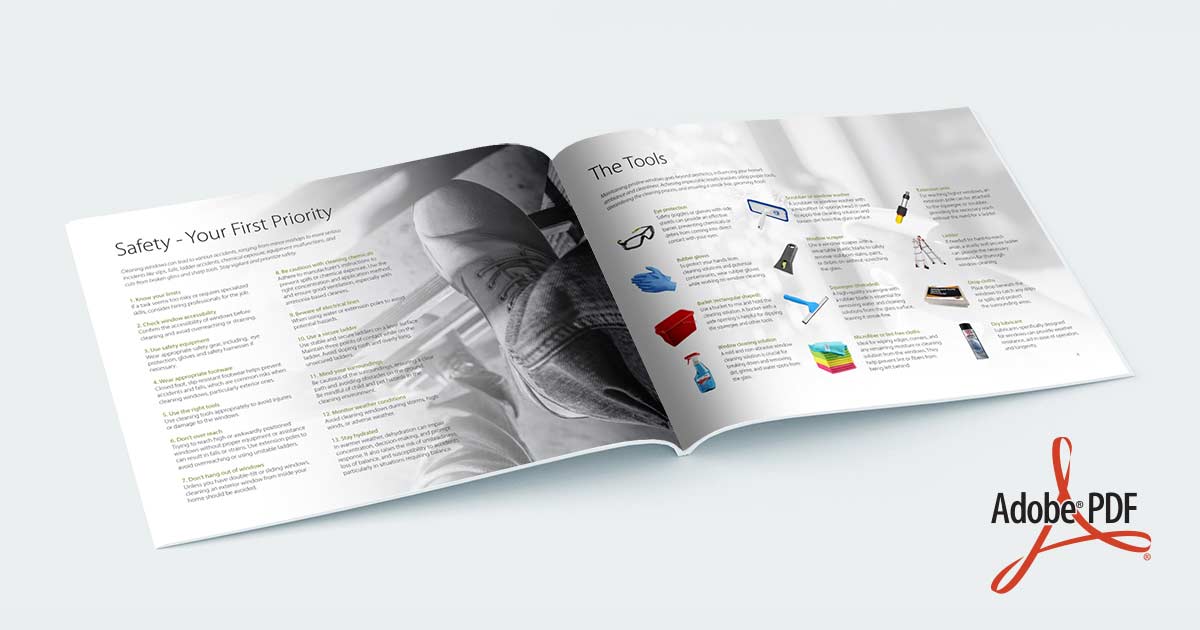
Window cleaning might not seem challenging, but achieving optimal results requires precision. For the best outcomes on your next window cleaning task, explore our 9-page ULTIMATE window cleaning guide.
Window Options
Reducing Outside Noise
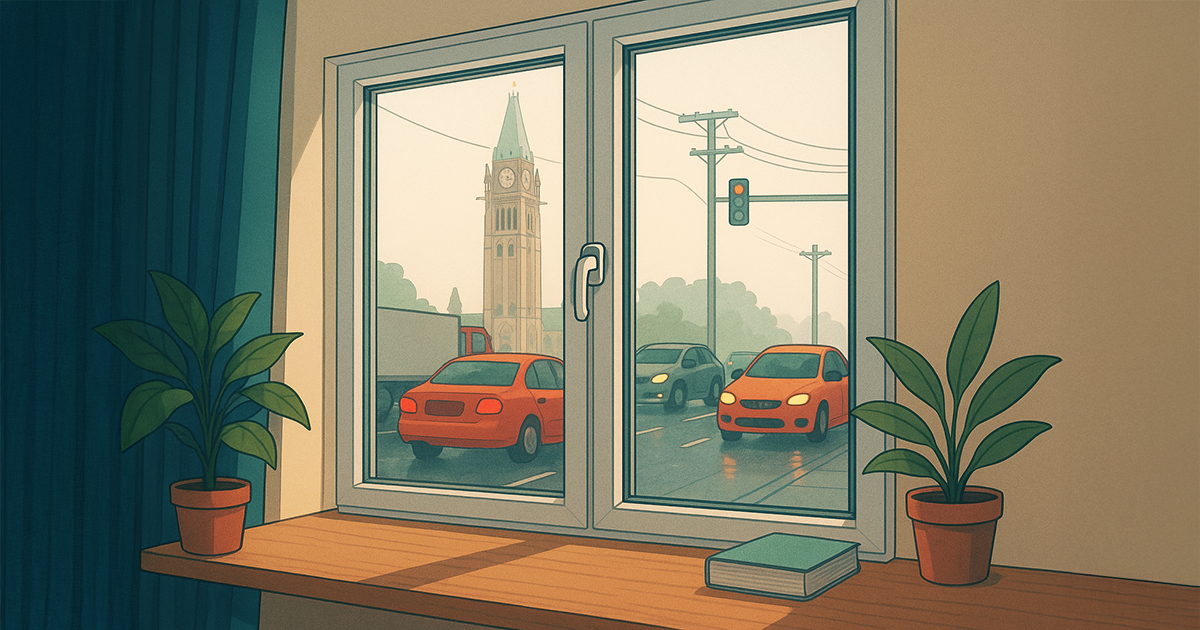
Urban sprawl and dense neighbourhoods have made outdoor noise a daily annoyance for many homeowners. Whether it’s traffic, construction, or noisy neighbours, excessive sound can turn a peaceful home into a stressful environment. The right replacement windows can significantly reduce unwanted noise and improve the quality of life.
Why installer pay structures matter

When you're comparing window and door installation companies, it’s natural to focus on the products, the warranty, and the price. But there’s one factor that often gets overlooked — and it can make a big difference in the quality of your project: how the installers are paid.
Checklist - Choosing a window and door Installer

Choosing the right window installer can make all the difference in the performance, durability, and appearance of your new windows.
Infographic - Do-it-yourself vs Professional Installation

When hiring a window replacement company, expect to pay 20% to 50% of the window cost for installation. You might think, "Wow! I can save a lot of money if I do it myself."
Learn About Doors
E-BOOK GUIDE
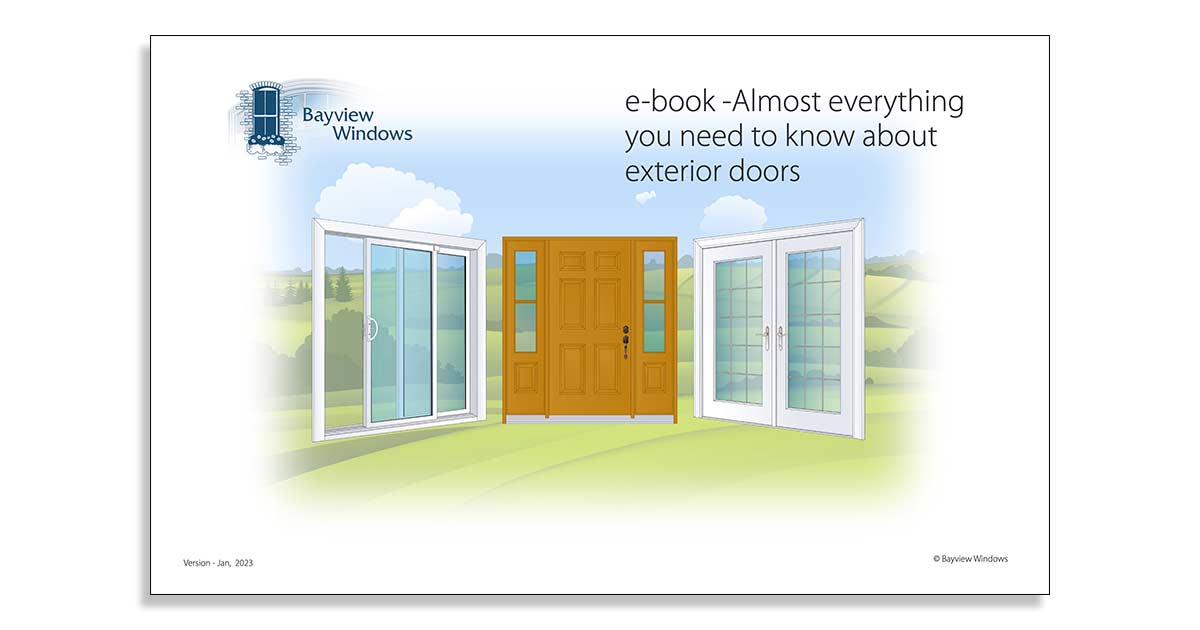
Choosing the perfect exterior door can be daunting with so many options available. That's why we've created "Everything You Should Know About Exterior Doors," a comprehensive 44-page guide designed to make your decision easier. This guide is packed with crucial information, detailed diagrams, and visuals to help you pick the ideal entrance, garden, or sliding door.
Learn About Doors
9 Basics to Consider

Doors, an ancient symbol of security and hospitality, have gracefully evolved over centuries, adapting to changing aesthetics and technological advancements. Today, replacing your entrance door is not merely a functional upgrade but an opportunity to infuse your home with a renewed personality.
Learn About Doors
Compare Materials
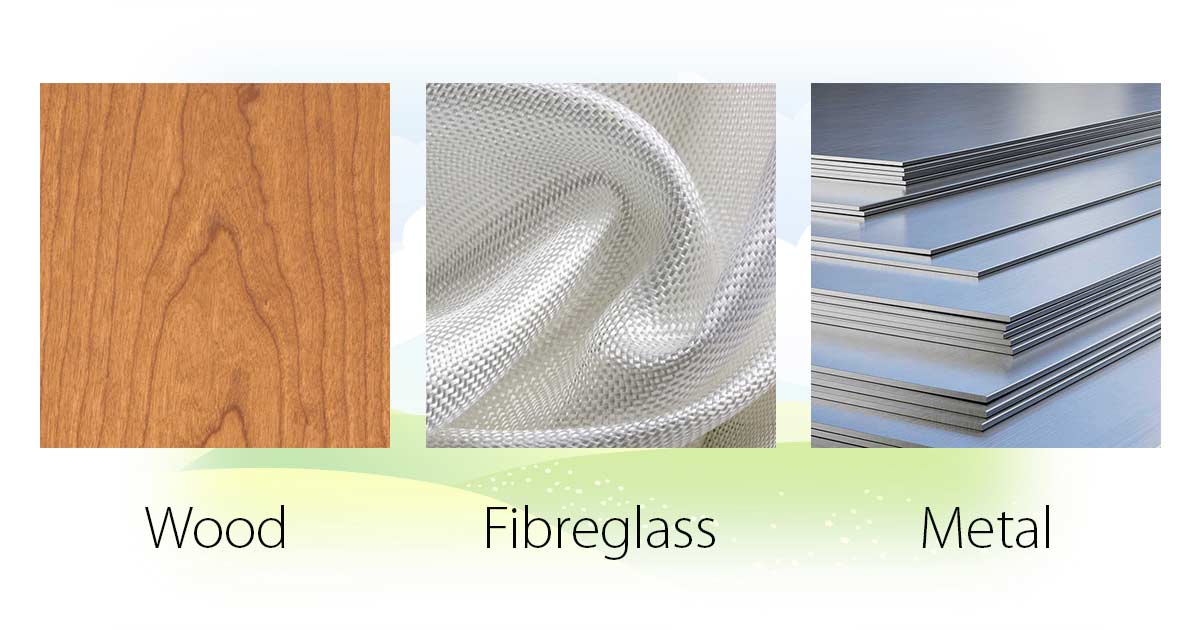
If you are in the market for a new residential exterior entrance door, there are three general types of materials available - wood, fibreglass and metal.
Learn About Doors
Your Door Colour Choice
Replacing your front entrance door is an exciting endeavor, filled with numerous factors to ponder. From the selection of the ideal material and prioritizing efficiency to contemplating options like glass or no-glass, sidelites, door handles, and ensuring privacy, there's much to delve into. However, amidst all these considerations, one question stands out: What colour should you choose for your door? Beyond its aesthetic appeal, your colour choice holds the power to convey a message about your unique personality or even make a statement about your home. So, let's explore the captivating realm of colour and unravel the intriguing impression it can make.
Patio Doors
Sliding vs Swinging
When considering the selection between swinging patio doors (also referred to as garden doors, swinging patio doors, or swinging garden patio doors) and sliding patio doors, it becomes a matter of personal preference. Nevertheless, a comprehensive understanding of the advantages and disadvantages associated with each option can significantly influence your decision-making process.
Patio Doors
Integrated Blinds
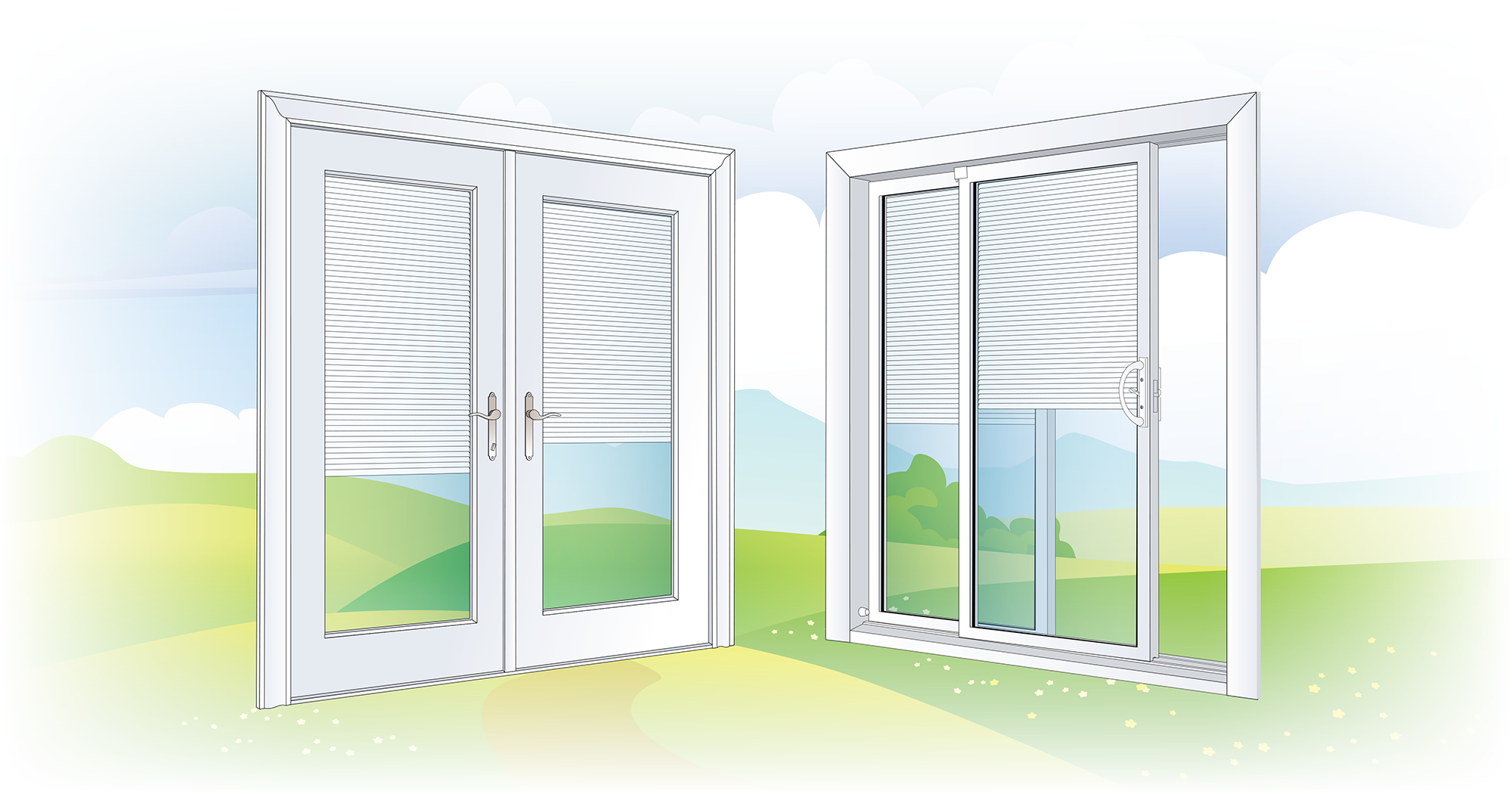
Patio Doors
Energy Efficiency

As Ottawa residents enjoy summer and anticipate fall, patio doors symbolize the effortless blend of indoor and outdoor living. Available in sliding or swinging styles, these doors do more than connect spaces—they welcome sunlight, fresh air, and the beauty of every season into your home.
Windows
Entrance Doors
Patio Doors
Energy Efficiency
Extreme Temperatures
Installation
Bayview Windows
Patio Doors
Sliding vs Swinging
Sliding vs Swinging
Patio Doors
Integrated Blinds
Integrated Blinds
Patio Doors
Energy Efficiency
Energy Efficiency
Patio Doors
Maintenance Tips
Maintenance Tips
Sliding Patio Doors
Exploring Options
Exploring Options
Swinging Patio Doors
Exploring Options
Exploring Options
Sliding Patio Doors
Adding Value
Adding Value
Swinging Patio Doors
Adding Value
Adding Value
Sliding Patio Doors
Configurations
Configurations
Swinging Patio Doors
Configurations
Configurations
Sliding Patio Doors
Key Considerations
Key Considerations
Sliding Patio Doors
Safety Glass
Safety Glass
Swinging Patio Doors
Common Winter Issues
Common Winter Issues
Sliding Patio Doors
Anatomy Diagram
Anatomy Diagram
Swinging Patio Doors
Anatomy Diagram
Anatomy Diagram
